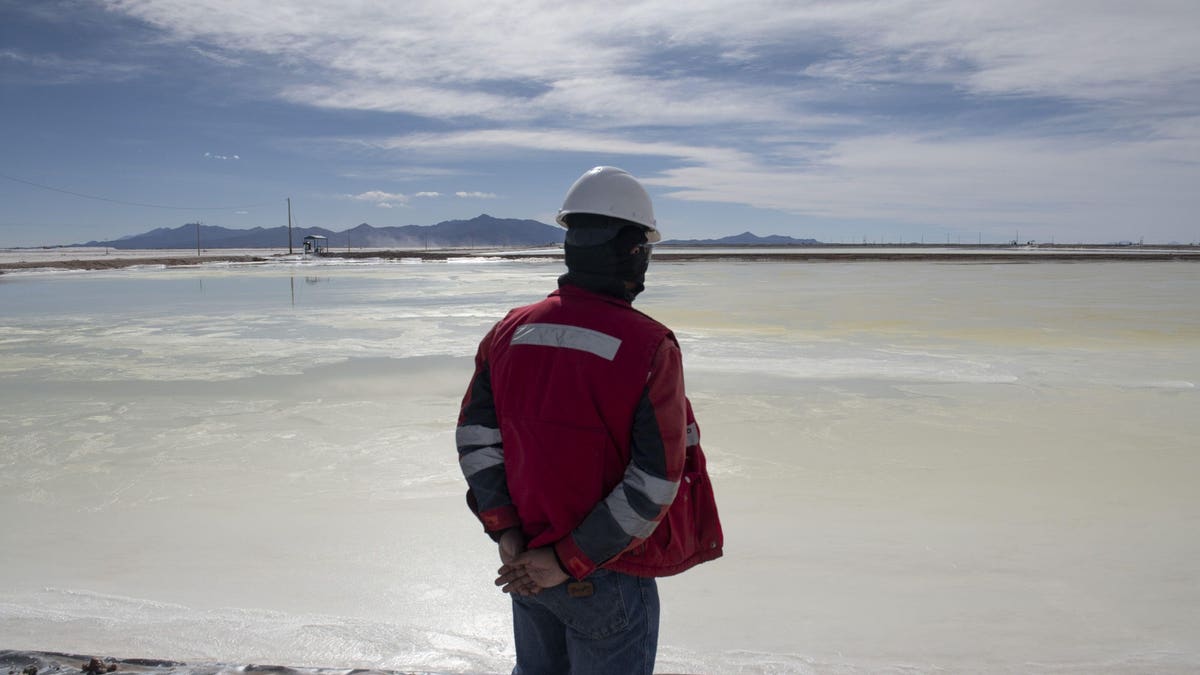Just this July, we heard the news that 2 million tonnes of lithium were discovered beneath Bolivia’s soil, according to the nation’s president, Luis Arce. This brings the total amount of ore in the Andean country to 23 million tonnes, more than in any other country. Neighbouring Chile and Argentina trail behind with 19.9 and 12 million tonnes respectively. Together, these three countries control over half of the world’s resources. Recent discoveries could put Bolivia and its neighbours at a privileged position as the world gradually transitions from fossil fuels to electric batteries to power its ever-growing energy needs.
Lithium is used in components for everything from phones and computers to electric vehicles. In some ways, we could begin to conceive of lithium and other metals as the oil of the future, given they will be key resources for the day-to-day running of the global economy. In fact, some lithium-rich countries have already started talks to form up their own cartel, just like oil producers join forces in the OPEC+. In the first half of 2023, mining deals for the metal have risen to decade highs of $65bn, as organisations scramble for a share of highly lucrative sector.
However, two distinctions need to be made. First, experts like to differentiate between “resources” and “reserves”. Data from the United States Geological Survey (USGS) shows why this is important. Resources refers to the amount of the lithium ore discovered, and reserves to the quantities that can be economically mined. To put this into perspective, according to their data, in 2022 in Argentina there were 20 million tonnes in resources but 2.7 million tonnes in reserves. In Bolivia itself, we don’t yet have data on reserves, only resources. Second, while much of the ore is concentrated in South America, Australia and China are in the top three of production, together with Chile. Bolivia is severely lacking in this respect.
In 2021, Bolivia’s production was of 543 tons, little in comparison to Australia’s 550,000 tons that it boasted for the year. While the rich soil promises a great potential, it lacks much of the infrastructure, know-how and firms able to exploit it. The Andes mountains offer great mineral wealth but also geographic hurdles. The country is landlocked, and often at odds with Chile over access to seaports. Bolivia is also the poorest country in per capita terms in the region. In recent years, there have also been political crises that questioned the stability of government.
There are still some promising plans for Bolivia. The government has announced a joint enterprise with Contemporary Amperex Technology, a major Chinese battery producer. They will start off the process of battery manufacturing within Boliva, which could be a game-changer. Many resource-rich countries have historically lacked the capacity to process their own production, and deferred it to industries abroad. Bringing resource extraction and manufacturing together could eventually drive development in Bolivia, and turn the country into a hub of lithium firms and expertise. However, given current capabilities, this goal is still a long way. There are no powerful Bolivian lithium firms, whereas the US, China, Australia, and Chile do. These could dominate the global market and in turn set the pace for Bolivia.
Read the full article here





